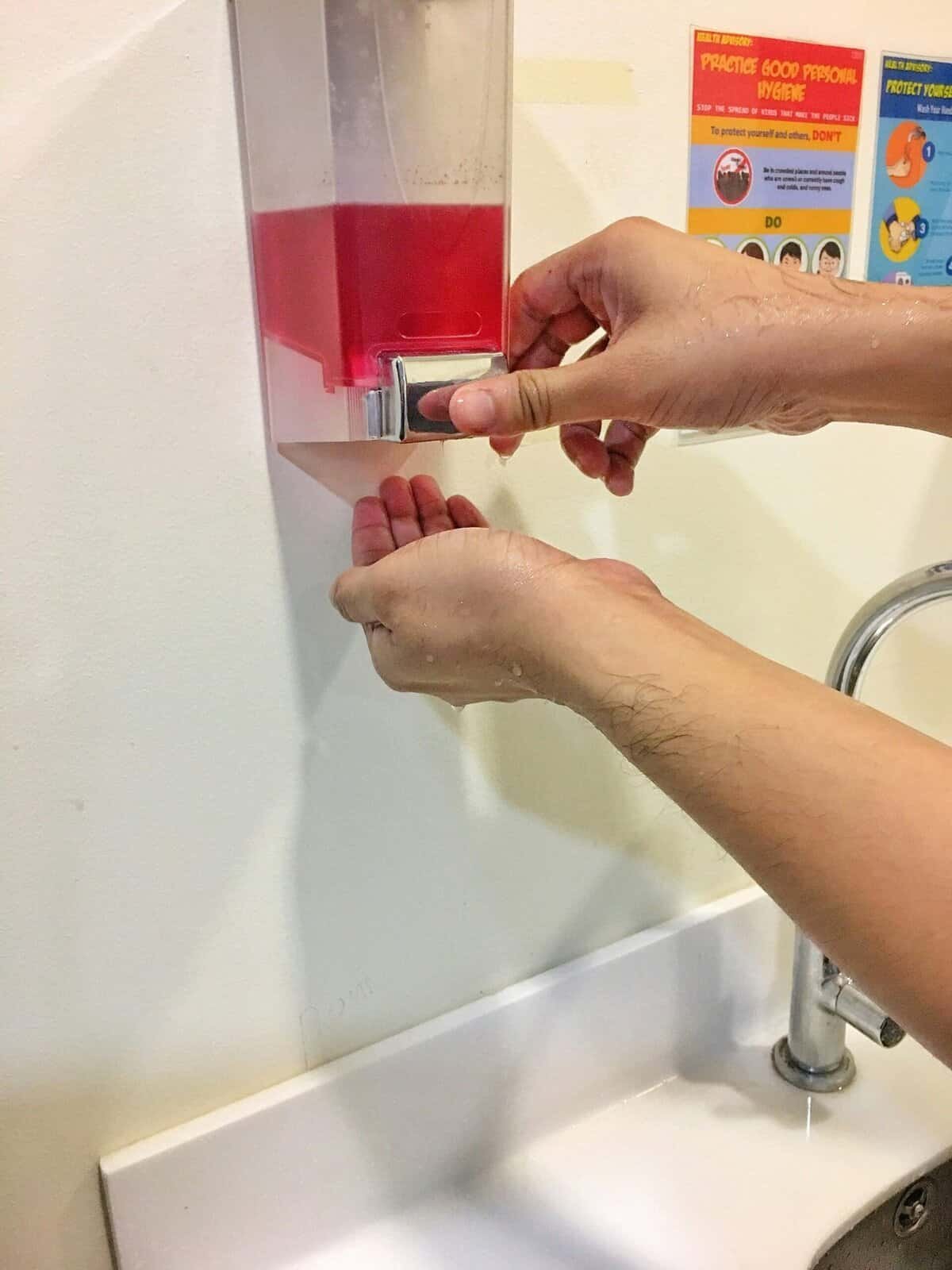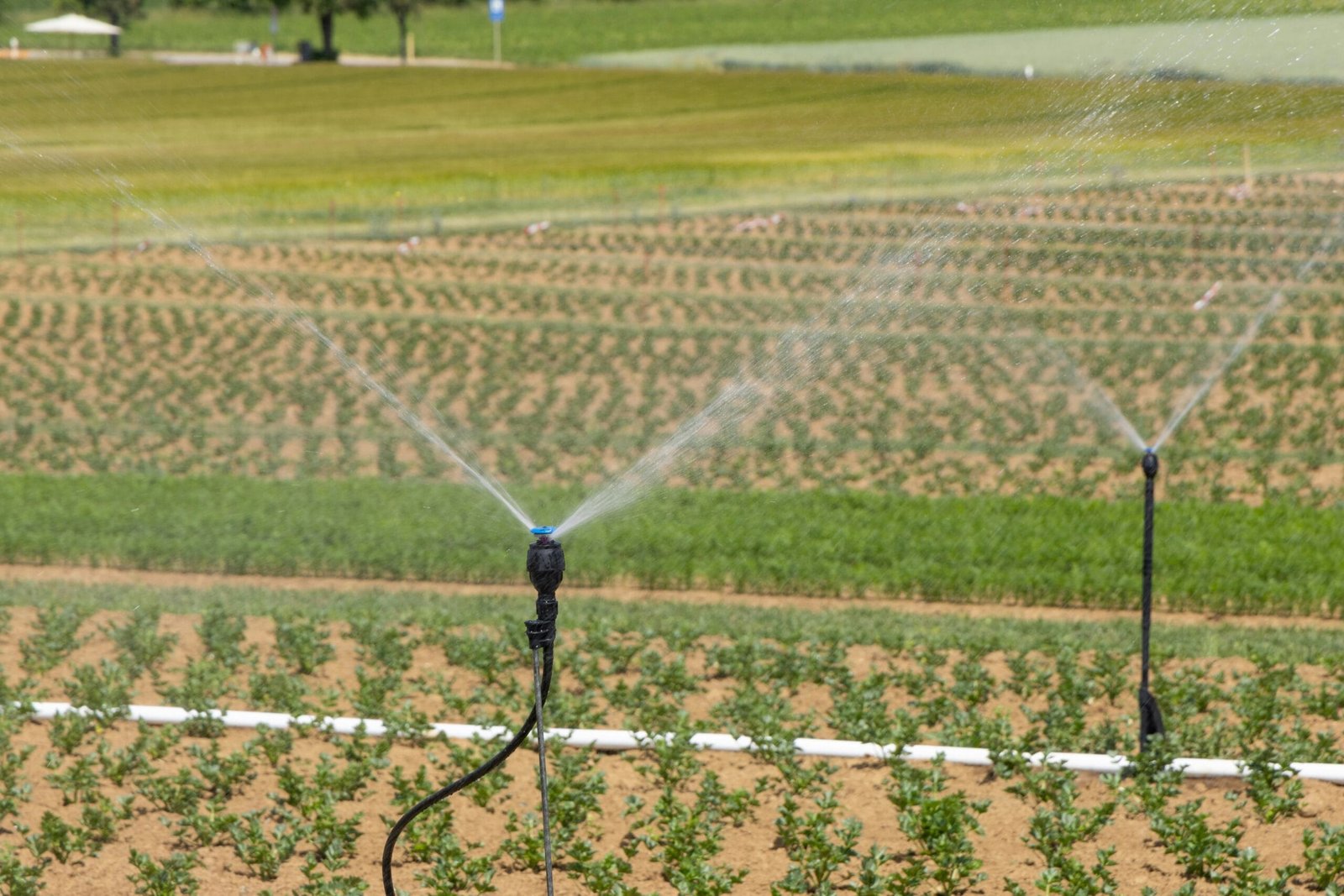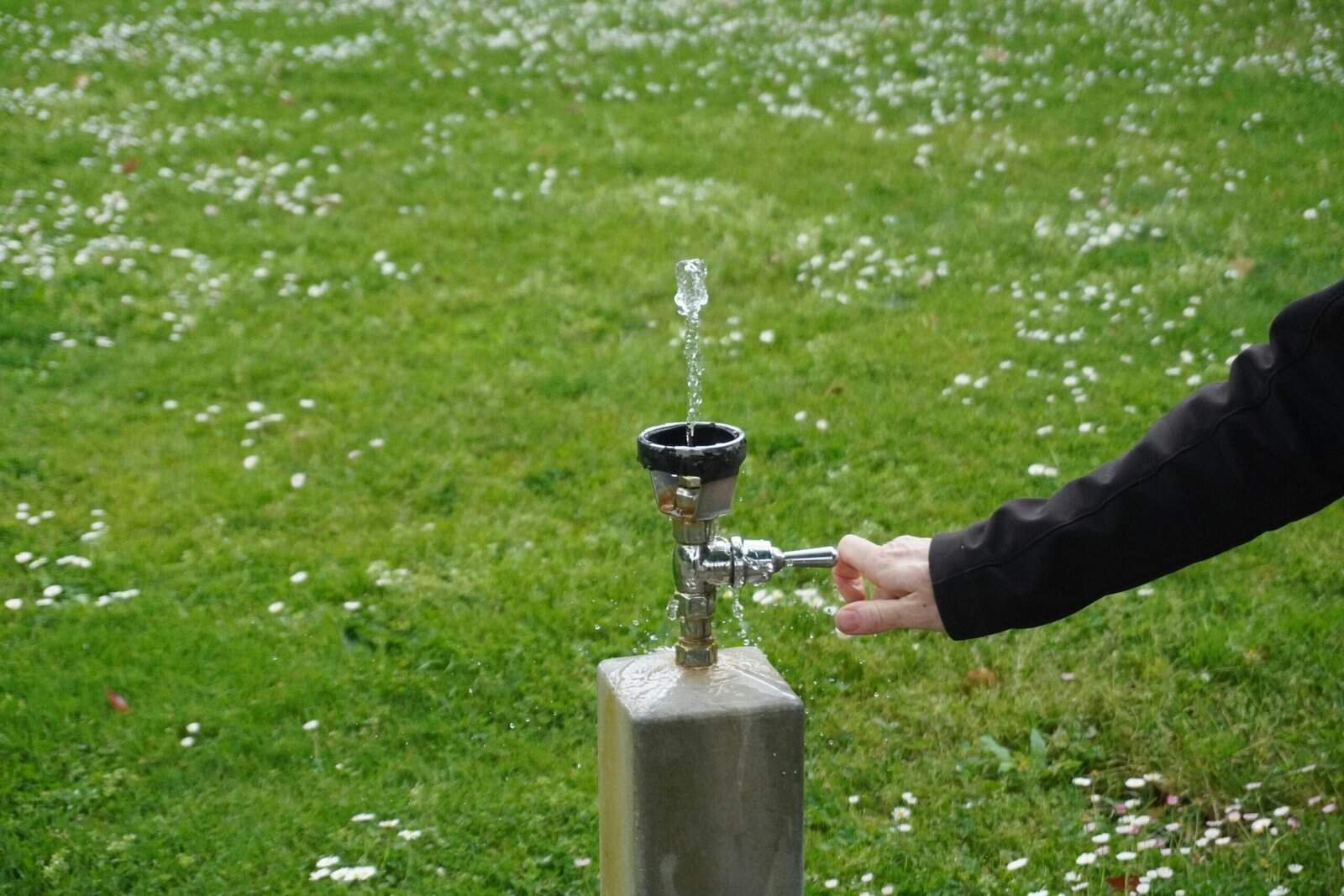Have you ever wondered when you should test your well water? If you rely on a private well as your primary water source, understanding the best time to test your well water is crucial. Regular testing is key to ensuring the safety and quality of your water — and not just for you, but for your family. While it might seem like a straightforward process, there are various factors to consider when determining the ideal time for well water testing. Let’s take a friendly journey to explore these factors and help you make an informed decision.

Why Regular Testing is Important
Testing your well water regularly is essential for maintaining its quality and safety. Well water can be susceptible to various contaminants, including bacteria, nitrates, and heavy metals. These contaminants can pose significant health risks. By regularly testing your well water, you can detect any issues early and take necessary actions to address them. This proactive approach ensures that your water remains safe for consumption and use.
Contaminants Commonly Found in Well Water
There are numerous contaminants that can affect your well water. Here’s a helpful table listing some common contaminants and their potential health effects:
| Contaminant | Sources | Potential Health Effects |
|---|---|---|
| Bacteria | Animal waste, sewage | Gastrointestinal illnesses, infections |
| Nitrates | Fertilizers, septic systems | Methemoglobinemia (blue baby syndrome) |
| Arsenic | Natural deposits, industrial use | Skin damage, circulatory issues |
| Lead | Corrosion of pipes | Developmental issues in children |
| Radon | Underground rocks | Increased cancer risk |
Testing your water allows you to monitor these contaminants and address any effects they may have on your health.
Factors Affecting Well Water Quality
Several factors can affect the quality of your well water. Understanding these can help you decide when additional testing may be necessary.
Seasonal Changes
Seasons significantly impact well water quality. Heavy rainfall or snowmelt generally leads to more significant water infiltration into the ground, which can wash contaminants into your well. This risk is most prevalent during spring and fall.
Human Activities
Human activities, such as agriculture and construction, can also influence well water quality. Fertilizer application and new construction sites may introduce pollutants to the groundwater, negatively affecting your well water’s integrity.
Natural Events
Events like droughts or hurricanes can alter groundwater levels and potentially introduce changes in water quality. After such events, it is crucial to test your well water to ensure its safety.
When is the Best Time to Test?
Testing your well water once a year is the minimum recommendation. However, certain times of the year could be more beneficial or critical for testing due to environmental factors.
Spring
Spring is often considered the best time for well water testing. As winter’s snow and ice melt, there is a significant increase in runoff. This runoff can introduce various contaminants to the groundwater. Testing in spring ensures you catch any changes that might occur during this period.
Fall
Fall is another excellent time to conduct well water testing. With summer agricultural activities winding down and potential autumn rains, testing in this season can detect any pollutants that might have washed into your well during summer.
After Heavy Rainfall
Significant rainfall events can lead to flood conditions. Testing after heavy rain helps ensure that floodwaters haven’t contaminated your well.
After Known Contamination Events
If there is a chemical spill or a similar contamination event near your well, immediate testing is warranted. This is crucial for ruling out potential hazards as soon as possible.
How to Test Your Well Water
Testing your well water involves several steps. It can either be done through a professional service or with at-home testing kits.
Hiring a Professional
Hiring a professional ensures detailed, accurate results. Professionals collect water samples and analyze them for various contaminants. They provide comprehensive information that might not be available through home testing kits.
Using At-Home Test Kits
Home test kits are accessible and offer a convenient way to monitor basic water quality parameters. While they do not provide in-depth analysis, they can screen for common contaminants such as bacteria and pH levels.
Steps for Using a Home Kit
- Collect Sample: Follow instructions to collect a water sample.
- Apply Testing Strips: Use the provided strips to test your water sample.
- Compare Results: Compare the color changes on the strips to the chart included in the kit.
- Record Data: Make note of your results for future reference.

Understanding Your Test Results
Once you have your test results, understanding them is important for taking appropriate action.
Normal vs. Concerning Results
There are established guidelines for safe levels of contaminants in drinking water.
- Normal Results: Contaminants are within safe limits specified by health authorities.
- Concerning Results: Levels exceed recommended limits, signaling potential health risks.
Taking Action on Results
If your results show concerning levels, take immediate action:
- Consult Professionals: Seek expert advice for addressing contamination.
- Install Treatment Systems: Consider installing filtration or treatment systems to mitigate problems.
Long-term Maintenance Tips
Maintaining your well’s health is an ongoing process. Here are some tips:
- Inspect Well Components: Regularly check your well cap and other components for maintenance needs.
- Avoid Hazardous Chemicals: Minimize the use of hazardous chemicals near your well.
- Landscaping and Drainage: Ensure proper drainage around your well to prevent surface water contamination.

Conclusion
Testing your well water at the right time and knowing how to act on the results are vital for ensuring water safety. By familiarizing yourself with these best practices, you’ll be able to enjoy peace of mind knowing that your water is safe, clean, and ready for use all year round. Remember, a proactive approach to well water testing protects not just your health, but the well-being of everyone who relies on your well. Keep your water’s health in check, and it will keep serving you reliably.

